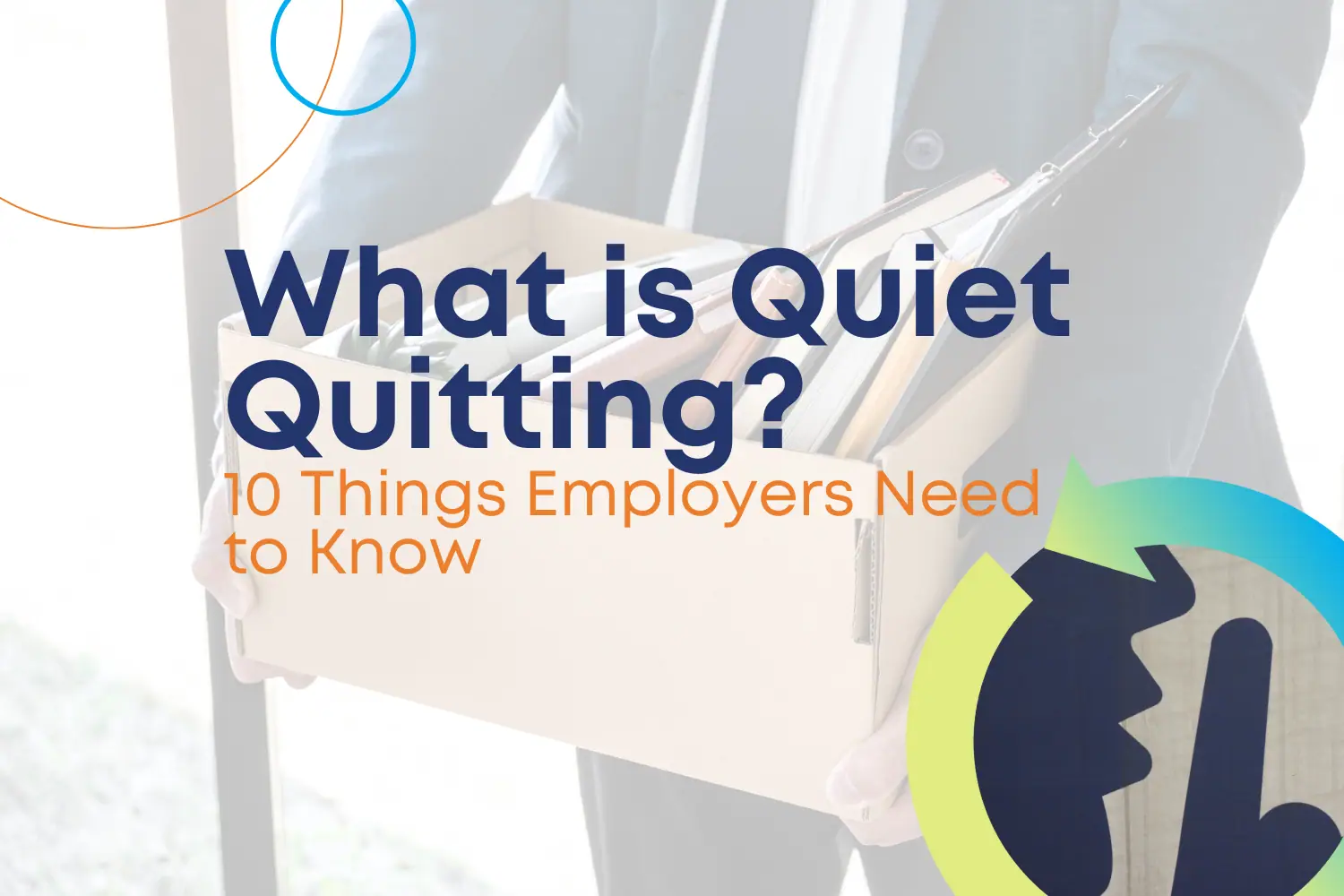Top 2021 Cyber Security Threats Your Business May Face

Business owners have a lot to consider in 2021. Amidst all the consequences of the pandemic and 2020, as well as the usual tax filing and ACA reporting that businesses need to handle in January, cyber security might seem like a low priority. MP’s HR Services team shares which businesses need to be thinking about cyber security problems and solutions in 2021. It will also cover what kind of cyber-crime threats they might face in 2021 and beyond.
Cyber Security Threats: Rising Numbers
Staying in compliance may have been difficult in 2020’s chaos, but protecting against cyber-crime was equally challenging. With an exponential increase in teleworking, workers were logging in remotely far more often. This made many organizations that hadn’t invested in cyber security products and practices incredibly vulnerable. The FBI saw a massive increase in cyber security complaints. These numbers are not just a reflection of 2020, though. They’re part of a bigger pattern of more cybercrime. Per the FBI’s IC3 report, in 2019 they received a total of 467,361 complaints with reported losses exceeding $3.5 billion. Compare these numbers to 2015, in which IC3 received a total of $1.1 billion losses from complaints.
Cyber Security Threats: Who is Targeted?
The broader answer to this question is all businesses. However, not all businesses are equally vulnerable. Large corporations frequently invest in cyber security products and internal staff dedicated to the task. This leaves medium and small businesses, the ones that frequently do not have the resources to think about cyber threats, wide open. These organizations are frequently devastated by a cyber-attack. Per The Manifest, a site for B2B news, 15% of small businesses experienced some kind of cyber-attack in 2019. These included hacks, viruses, and data breaches. In Security Magazine, it was found that 1 in 10 small businesses had to deal with a cyber threat in 2019. Whatever the kind of security threat these businesses faced, the consequences all fall within a list: data loss, lawsuits, downtime, loss of consumer confidence, and loss of business. Being totally unprepared for cyber security concerns could mean nothing less than seriously damaging the business.
The Types of Cyber Security Threats 2021 May Bring
The best way to protect your business from cyber threats is to know what’s out there and what will be most prevalent in 2021. These are the top five kinds of cyber-attacks that businesses are likely to experience this year.
- Ransomware: Ransomware attacks are one of the most devastating because they can cause all three of the main problems of a cyber-attack: downtime, breach, and data loss. Some of these attacks can cause millions of dollars in damage. An effective ransomware attack will make important data or systems inaccessible. These attacks can come from remote desktop software, where computers connect to one another across the internet, or they can come via phishing emails. In both cases, a target’s critical and sensitive files are rapidly encrypted. They must then pay their attacker a ransom, often in virtual currency, to release the encrypted data and files. In some cases, their data is stolen and released out on the internet if the victim does not pay the ransom. In 2020, there was an unprecedented surge in ransomware attacks. This is partially because many organizations were forced to quickly enable increased remote connectivity for their employees to work from home. Remote work created more vulnerabilities for attackers. Unless companies take action and beef up their cyber security, 2021 will be another year of intensified ransomware attacks.
- Business Email Compromise (BEC) attacks: In 2019, the IC3 got 23,775 complaints of BEC attacks with losses over $1.7 billion. These kinds of attacks are sophisticated. The attacker will frequently use one of a business’s email accounts, or create a fake account that appears to belong to the business. They’ll then use it to secure funds from various clients, vendors, contacts, etc. These attacks may be more social (i.e., person-to-person interactions), or they may be machine-to-machine, breaching data and computer systems.
- Internet of Things (IoT) devices: These attacks will only grow in 2021 as workers return to the office and IoT applications are used to help make the workplace safer and ensure more efficient use of resources. Smart lighting, energy, and environmental monitoring devices, as well as sensor-facilitated space utilization tools are all examples of assets that businesses will connect to the internet. Because this technology is still relatively new, especially on a mass-market basis, it won’t come with built-in security or necessary software upgrades. Thus, businesses will be creating more vulnerability to cyber-attacks as they use IoT devices. In particular, IoT devices might draw more ransomware attacks, perhaps even malware that’s specially programmed for IoT devices.
- COVID fraud: Many organizations might find themselves lured in by scammers who use digital tools to fraudulently obtain money for fake COVID-oriented charitable donations, for unemployment, or other government funds. Scammers may also post fake articles about COVID or the election that are tempting to click on, then infect a computer with malware. It will be important to be keep workers educated about this kind of cyber-attack, and for everyone to maintain a healthy dose of skepticism. Again, as workers continue to work remotely, organizations will be increasingly vulnerable to this kind of attack.
- State-sponsored cyber-attacks: These may be some of the most news-worthy and visible types of cyber-attacks. They’re also some of the most powerful because they’re persistent, long-term efforts that target critical infrastructure, political systems, and generally the American way of life. Russia, China, Iran, and North Korea are all on the list of countries the FBI is watching for these types of cyber security threats. Businesses can be vigilant about emails and communications that seem random or confusing, especially if you sell a product or provide a service that has a potential connection to the U.S.’s national security.
Recent Posts
- Part 1: Stop Playing Defense — How to Position HR as a Business Driver
- Built for Your Industry: Why Industry-Specific HCM Solutions Deliver 3x Better Results
- Fortune 500 Power + Personal Touch: How Smart Companies Get Advanced HCM Technology Without Losing Human Connection
- Part 3: Leave Laws & Benefits — What’s Changing Under the BIG Beautiful Bill
- Part 2: Compliance Landmines for Employers — How to Avoid Costly Mistakes Under the BIG, Beautiful Bill
Categories
- ACA (10)
- AI (6)
- BizFeed (6)
- Business Strategy (120)
- COBRA (5)
- Compliance (243)
- COVID-19 (92)
- Diversity (12)
- eBooks (19)
- Employee Engagement (33)
- Employee Handbooks (24)
- ERTC (29)
- FFCRA (7)
- HR (310)
- MP Insider (13)
- Payroll (165)
- PFML (9)
- PPP (24)
- PTO (5)
- Recruiting (54)
- Remote Work (39)
- Return to Work (32)
- Unemployment (1)
- Wellness (22)
Archives
- October 2025
- September 2025
- August 2025
- July 2025
- June 2025
- May 2025
- April 2025
- March 2025
- February 2025
- January 2025
- December 2024
- November 2024
- October 2024
- September 2024
- August 2024
- July 2024
- June 2024
- May 2024
- April 2024
- March 2024
- February 2024
- January 2024
- December 2023
- November 2023
- October 2023
- July 2023
- June 2023
- May 2023
- April 2023
- March 2023
- January 2023
- December 2022
- October 2022
- September 2022
- August 2022
- July 2022
- June 2022
- May 2022
- April 2022
- March 2022
- February 2022
- January 2022
- December 2021
- November 2021
- October 2021
- September 2021
- August 2021
- July 2021
- June 2021
- May 2021
- April 2021
- March 2021
- February 2021
- January 2021
- December 2020
- November 2020
- October 2020
- September 2020
- August 2020
- July 2020
- June 2020
- May 2020
- April 2020
- March 2020



